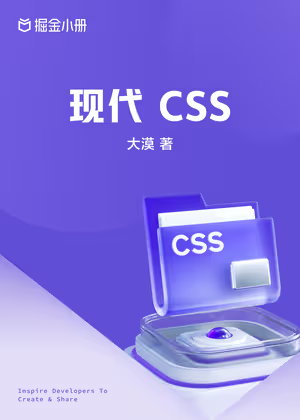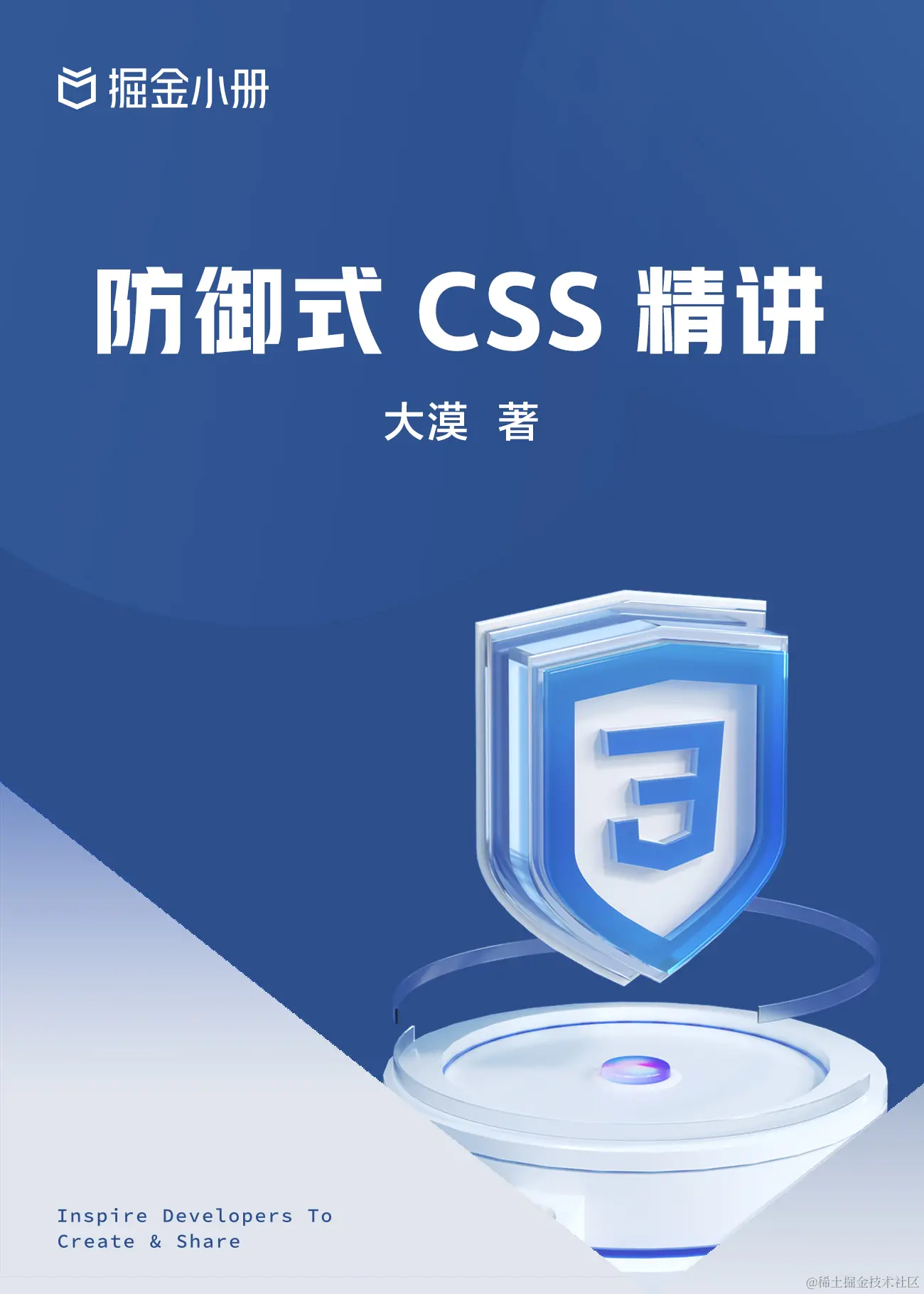TypeScript初识
特别声明:如果您喜欢小站的内容,可以点击申请会员进行全站阅读。如果您对付费阅读有任何建议或想法,欢迎发送邮件至: airenliao@gmail.com!或添加QQ:874472854(^_^)
TypeScript 是 JavaScript 的超集,为 JavaScript 的生态增加了类型机制,并最终将代码编译为纯粹的 JavaScript 代码。类型机制很重要吗?最近的一些项目经历让我觉得这真的很重要。当你陷在一个中大型项目中时(Web 应用日趋成为常态),没有类型约束、类型推断,总有种牵一发而动全身的危机和束缚。Immutable.js 和 Angular 2 都在使用 TypeScript 做开发,它们都是体量颇大的项目,所以我决定尝试一下 Typescript。此外我们还可以尝试 Facebook 的 Flow,比较一下两者的优劣。Typescript 对 ES6 也有良好的支持,目前组内项目使用 Babel 编译 ES6,这也就自然而然的把 TypeScirpt 和 Flow / babel-plugin-tcomb 放在了对立面,也许下一篇文章就是介绍 Flow 和 babel-plugin-tcomb。
What and Why
如果你想对 TypeScript 有更深入的认识,那么推荐你阅读 Stack Overflow 上的问答 What is TypeScript and why would I use it in place of JavaScript? ,这一节也是对这篇问答的一个简述。
虽然 JavaScript 是 ECMAScript 规范的标准实现,但并不是所有的浏览器都支持最新的 ECAMScript 规范,这也就限制了开发者使用最新的 JavaScript / ECMAScript 特性。TypeScript 同样支持最新的 ECMAScript 标准,并能将代码根据需求转换为 ES 3 / 5 / 6,这也就意味着,开发者随时可以使用最新的 ECMAScript 特性,比如 module / class / spread operator 等,而无需考虑兼容性的问题。ECMAScript 所支持的类型机制非常丰富,包括:interface、enum、hybird type 等等。
与 TypeScript 相似的工具语言还有很多,它们主要分为两个阵营,一个是类似 Babel 的阵营,以 JavaScript 的方式编写代码,致力于为开发者提供最新的 ECMAScript 特性并将代码编译为兼容性的代码;另一个则是 Coffeescript、Clojure、Dart 等的阵营,它们的语法与 JavaScript 迥然不同,但最终会编译为 JavaScript。TypeScript 在这两者之间取得了一种平衡,它既为 JavaScript 增加了新特性,也保持了对 JavaScript 代码的兼容,开发者几乎可以直接将 .js 文件重命名为 .ts 文件,就可以使用 TypeScript 的开发环境,这种做法一方面可以减少开发者的迁移成本,一方面也可以让开发者快速上手 TypeScript。
JavaScript 是一门解释型语言,变量的数据类型具有动态性,只有执行时才能确定变量的类型,这种后知后觉的认错方法会让开发者成为调试大师,但无益于编程能力的提升,还会降低开发效率。TypeScript 的类型机制可以有效杜绝由变量类型引起的误用问题,而且开发者可以控制对类型的监控程度,是严格限制变量类型还是宽松限制变量类型,都取决于开发者的开发需求。添加类型机制之后,副作用主要有两个:增大了开发人员的学习曲线,增加了设定类型的开发时间。总体而言,这些付出相对于代码的健壮性和可维护性,都是值得的。
目前主流的 IDE 都为 TypeScript 的开发提供了良好的支持,比如 Visual Studio / VS Code、Atom、Sublime 和 WebStorm。TypeScript 与 IDE 的融合,便于开发者实时获取类型信息。举例来说,通过代码补全功能可以获取代码库中其他函数的信息;代码编译完成后,相关信息或错误信息会直接反馈在 IDE 中……
在即将发布的 TypeScript 2.0 版本中,将会有许多优秀的特性,比如对 null 和 undefined 的检查。cannot read property 'x' of undefined 和 undefined is not a function 在 JavaScript 中是非常常见的错误。在 TypeScript 2.0 中,通过使用 non-nullable 类型可以避免此类错误:let x : number = undefined 会让编译器提示错误,因为 undefined 并不是一个 number,通过 let x : number | undefined = undefined 或 let x : number? = undefined 可以让 x 是一个 nullable(undefined 或 null) 的值。如果一个变量的类型是 nullable,那么 TypeScript 编译器就可以通过控制流和类型分析来判定对变量的使用是否安全:
let x : number?;
if (x !== undefined)
// this line will compile, because x is checked.
x += 1;
// this line will fail compilation, because x might be undefined.
x += 1;
TypeScript 编译器既可以将 source map 信息置于生成的 .js 文件中,也可以创建独立的 .map 文件,便于开发者在代码运行阶段设置断点、审查变量。此外,TypeScript 还可以使用 decorator 拦截代码,为不同的模块系统生成模块加载代码,解析 JSX 等。
Usage
这一节介绍 TypeScirpt 的一些基础特性,算是抛砖引玉,希望引起大家尝试和使用 TypeScript 的兴趣。首先,从最简单的类型标注开始:
// 原始值
const isDone: boolean = false;
const amount: number = 6;
const address: string = 'beijing';
const greeting: string = `Hello World`;
// 数组
const list: number[] = [1, 2, 3];
const list: Array<number> = [1, 2, 3];
// 元组
const name: [string, string] = ['Sean', 'Sun'];
// 枚举
enum Color {
Red,
Green,
Blue
};
const c: Color = Color.Green;
// 任意值:可以调用任意方法
let anyTypes: any = 4;
anyTypes = 'any';
anyTypes = false
// 空值
function doSomething (): void {
return undefined;
}
// 类型断言
let someValue: any = "this is a string";
let strLength: number = (someValue as string).length;
TypeScript 中的 Interface 可以看做是一个集合,这个集合是对对象、类等内部结构的约定:
// 定义接口 Coords
// 该接口包含 number 类型的 x,string 类型的 y
// 其中 y 是可选类型,即是否包含该属性无所谓
interface Coords {
x: number;
y?: string;
};
// 定义函数 where
// 该函数接受一个 Coords 类型的参数 l
function where (l: Coords) {
// doSomething
}
const a = { x: 100 };
const b = { x: 100, y1: 'abc' };
// a 拥有 number 类型的 x,可以传递给 where
where(a);
// b 拥有 number 类型的 x 和 string 类型的 y1,可以传递给 where
where(b);
// 下面这种调用方式将会报错,虽然它和 where(b) 看起来是一致的
// 区别在于这里传递的是一个对象字面量
// 对象字面量会被特殊对待并经过额外的属性检查
// 如果对象字面量中存在目标类型中未声明的属性,则抛出错误
where({ x: 100, y1: 'abc' });
// 最好的解决方式是为接口添加索引签名
// 添加如下所示的索引签名后,对象字面量可以有任意数量的属性
// 只要属性不是 x 和 y,其他属性可以是 any 类型
interface Coords {
x: number;
y?: string;
[propName: string]: any
};
上面的代码演示了接口对对象的约束,此外,接口还常用于约束函数的行为:
// CheckType 包含一个调用签名
// 该调用签名声明了 getType 函数需要接收一个 any 类型的参数,并最终返回一个 string 类型的结果
interface CheckType {
(data: any): string;
};
const getType: CheckType = (data: any) : string => {
return Object.prototype.toString.call(data);
}
getType('abc');
// => '[object String]'
与老牌强类型语言 C#、Java 相同的是,Interface 也可以用于约束类的行为:
interface ClockConstructor {
new (hour: number, minute: number): ClockInterface;
}
interface ClockInterface {
tick();
}
function createClock(ctor: ClockConstructor, hour: number, minute: number): ClockInterface {
return new ctor(hour, minute);
}
class DigitalClock implements ClockInterface {
constructor(h: number, m: number) { }
tick() {
console.log("beep beep");
}
}
class AnalogClock implements ClockInterface {
constructor(h: number, m: number) { }
tick() {
console.log("tick tock");
}
}
let digital = createClock(DigitalClock, 12, 17);
let analog = createClock(AnalogClock, 7, 32);
class
除了 ES6 增加的 Class 用法,TypeScript 还增加了 C++、Java 中常见的 public / protected / private 限定符,限定变量或函数的使用范围。TypeScript 使用的是结构性类型系统,只要两种类型的成员类型相同,则认为这两种类型是兼容和一致的,但比较包含 private 和 protected 成员的类型时,只有他们是来自同一处的统一类型成员时才会被认为是兼容的:
class Animal {
private name: string;
constructor(theName: string) { this.name = theName; }
}
class Rhino extends Animal {
constructor() { super("Rhino"); }
}
class Employee {
private name: string;
constructor(theName: string) { this.name = theName; }
}
let animal = new Animal("Goat");
let rhino = new Rhino();
let employee = new Employee("Bob");
animal = rhino;
// Error: Animal and Employee are not compatible
animal = employee;
抽象类是供其他类继承的基类,与接口不同的是,抽象类可以包含成员方法的实现细节,但抽不可以包含抽象方法的实现细节:
abstract class Animal {
// 抽象方法
abstract makeSound(): void;
// 成员方法
move(): void {
console.log('roaming the earch...');
}
}
function
添加类型机制的 TypeScript 在函数上最可以秀的一块就是函数重载了:
let suits = ["hearts", "spades", "clubs", "diamonds"];
function pickCard(x: {suit: string; card: number; }[]): number;
function pickCard(x: number): {suit: string; card: number; };
function pickCard(x): any {
// Check to see if we're working with an object/array
// if so, they gave us the deck and we'll pick the card
if (typeof x == "object") {
let pickedCard = Math.floor(Math.random() * x.length);
return pickedCard;
}
// Otherwise just let them pick the card
else if (typeof x == "number") {
let pickedSuit = Math.floor(x / 13);
return { suit: suits[pickedSuit], card: x % 13 };
}
}
let myDeck = [{ suit: "diamonds", card: 2 }, { suit: "spades", card: 10 }, { suit: "hearts", card: 4 }];
let pickedCard1 = myDeck[pickCard(myDeck)];
let pickedCard2 = pickCard(15);
console.log("card: " + pickedCard1.card + " of " + pickedCard1.suit);
console.log("card: " + pickedCard2.card + " of " + pickedCard2.suit);
编译器首先会尝试匹配第一个函数重载的声明,如果类型匹配成功就执行,否则继续匹配其他的重载声明,因此参数的针对性越强的函数重载,越要靠前声明。
genrics
function identity<T>(arg: T[]): T[] {
console.log(arg.length);
return arg;
}
let myIdentity: {<T>(arg: T[]): T[]} = identity;
上面的代码展示了泛型的基本用法,这里的 <T> 称为泛型变量,通过这个声明,我们可以确定传入的参数类型和返回的数据类型是一致的,一旦确定了传入的参数类型,也就确定了返回的数据类型。myIdentity 使用了带有调用签名的对象字面量定义泛型函数,实际上可以结合接口,写出更简洁的泛型接口:
interface IdentityFn {
<T>(arg: T[]): T[];
};
let myIdentity: IdentityFn = identity;
如果同一个泛型变量在接口中被反复使用,那么可以在定义接口名的同时声明泛型变量:
interface IdentityFn<T> {
(arg: T[]): T[];
};
function identity<T>(arg: T[]): T[] {
console.log(arg.length);
return arg;
}
let myIdentity: IdentityFn<string> = identity;
在泛型接口之外,还可以使用泛型类,两者的形式非常类似:
class GenericNumber<T> {
zeroValue: T;
add: (x: T, y: T) => T;
}
泛型也可以直接继承接口约束自己的行为:
interface Lengthwise {
length: number;
}
function loggingIdentity<T extends Lengthwise>(arg: T): T {
console.log(arg.length);
return arg;
}
type inference
TypeScript 主要有两种类型推断方式:Best Common Type 和 Contextual Type。我们先介绍 Best Common Type:
let x = [0, 1, null];
对于上面代码中的变量 x,如果要推断出它的类型,就必须充分考虑 [0, 1, null] 的类型,所以这里进行类型推断的顺序是从表达式的叶子到根的,也就是先推断变量 x 的值都包含什么类型,然后总结出 x 的类型,是一种从下往上的推断过程。
TypeScript 的类型推论也可以按照从上往下的顺序进行,这被称为 Contextual Type:
window.onmousedown = function(mouseEvent) {
// Error: Property 'button' does not exist ontype 'MouseEvent'
console.log(mouseEvent.buton);
};
在上面的示例中,TypeScript 类型推断机制会通过 window.onmousedown 函数的类型来推断右侧函数表达式的类型,继而推断出 mouseEvent 的类型,这种从上到下的推断顺序就是 Contextual Type 的特征。
这里只对 TypeScript 的特性做简单的介绍,更详细的资料请参考以下资料:
React and Webpack
在 TypeScript 中开发 React 时有以下几点注意事项:
- 对 React 文件使用
.tsx的扩展名 - 在 tsconfig.json 中使用
compilerOptions.jsx: 'react' - 使用 typings 类型定义
interface Props {
foo: string;
}
class MyComponent extends React.Component<Props, {}> {
render() {
return <span>{this.props.foo}</span>
}
}
<MyComponent foo="bar" />; // 正确
TypeScript 的官方文档中对 React 的开发做了一个简单的演示,主要包含以下几个部分:
- 使用 tsconfig.json 作为 TypeScript 的编译配置文件
- 使用 webpack 作为构建工具,需要安装 webpack、ts-loader 和 source-map-loader
- 使用 typings 作为代码提示工具
具体的搭建流程可以参考文档 React & Webpack,此外,我个人写过一个 TypeScript & Webpack & React 开发的最小化模板可供各位参考,与之等同的 Babel & Webpack & React 版本。
如果查看模板之后对
import * as React from 'react'的方式有所疑惑,请查看 TypeScript 的负责人 Anders Hejlsberg 在 issue#2242 中的详细解析。
参考资料
- TypeScript Document
- What is TypeScript and why would I use it in place of JavaScript?
- TypeScript 中文文档
如需转载,烦请注明出处:http://www.w3cplus.com/javascript/TypeScript-intro.htmlnike air max 90 kids




